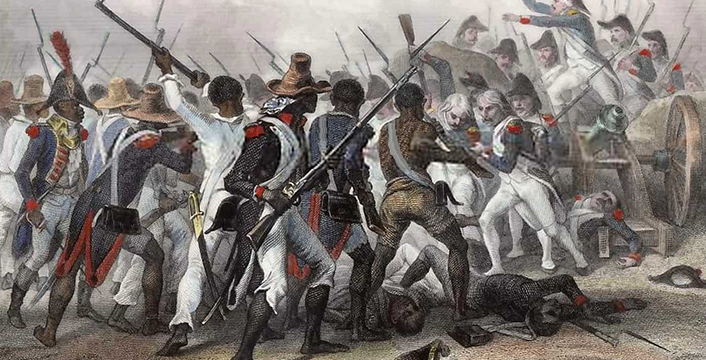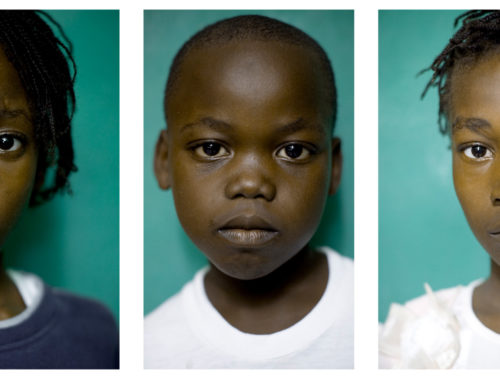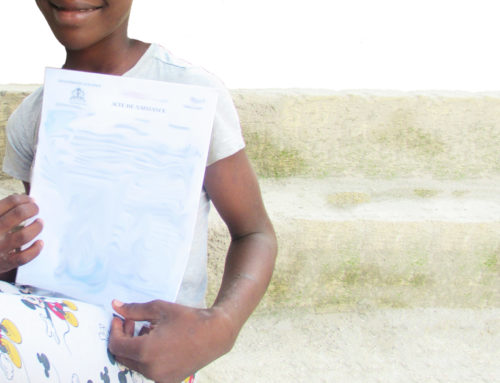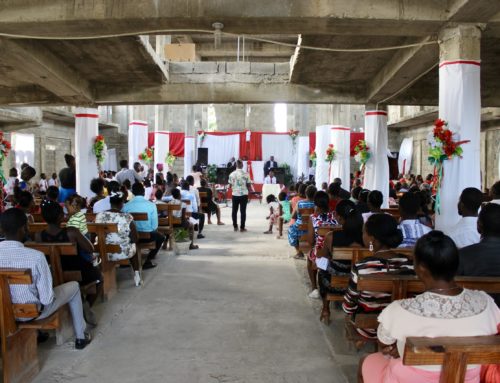
Haiti’s history isn’t one that receives much attention in the textbooks. However, understanding several key moments in Haiti’s history is necessary for understanding where Haiti’s people are today and the challenges they face.
The Treaty Of Ryswick Creates The French-controlled Colony Of St. Domingue
This is an important part of Haitian history as it established the region for more than a century as “the Pearl of the Antilles” – the most important French overseas territory for a variety of reasons. This status as a major player in the shipping economy of the time (Haiti was a significant supplier of sugar, rum, coffee, and cotton, all fueled by the extensive slave trade) set Haiti up for the changes that would come about thanks to Haiti’s mother country’s unrest toward the end of the 1700s.
Independence Acquired
Around the same time as the French Revolution, Haiti experienced its own uprisings. A slave rebellion ensued, which extended into a 13-year war between colonists and former slaves, and French, Spanish, and British armies. In 1803, the former slaves finally gained victory over the French and Haiti become the second republic in the Western Hemisphere (following – you guessed it – the United States). Haiti became the oldest black republic in the world. However, it wouldn’t be easy going from there. One of the country’s leaders, Jean-Jacques Dessalines, proclaimed himself emperor in the style of Napoleon, before he was assassinated. Civil war ensued before a presidency was established in 1820, but Haiti’s political history is fraught with unrest for decades following with the government changing hands many times, other countries getting involved in Haitian politics for their own gain, and periods of foreign occupancy.
The 2010 Earthquake
Fast-forwarding to modern times that feature a multitude of political and economic issues, on Jan. 12, 2010, Haiti suffered a devastating earthquake that received international attention. The 7.0-magnitude quake left behind a death toll of as many as 300,000. Powerful aftershocks followed and much of the country’s infrastructure was destroyed. It’s estimated that approximately 1 million Haitians were made homeless. Beyond the initial danger of the earthquake itself, many additional risks followed, with Haitians facing starvation, no access to healthcare, and rampant disease. A cholera outbreak lasting seven years began at this time as well.
New Presidencies
Following the earthquake, new presidents were installed in office, with new ideas to push Haiti forward. Michel Martelly, who was president 2011-2016, received both wide acclaim and wide criticism, but it’s hard to deny the productivity of his presidency. Many Haitians who were homeless following the 2010 earthquake were given proper housing. Free education programs and income programs were provided to those in need. A push for tourism aimed at increasing Haiti’s economic standing. After Martelly, Jovenel Moise was elected with intentions to follow in Martelly’s footsteps and continue Haiti’s economic growth.
Restavek Freedom hopes to add to Haiti’s positive path forward by addressing one key aspect of Haitian society: the restavek system. As we work to abolish child slavery and provide quality education to more children, we can ensure a better economic future for Haiti. Want to find out how we’re doing it? Click here.









